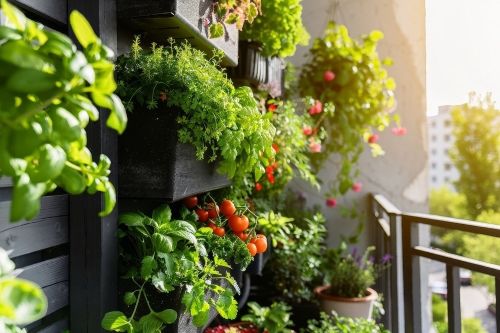The Essentials of Hydroponic Gardening: A Modern Approach to Urban Farming
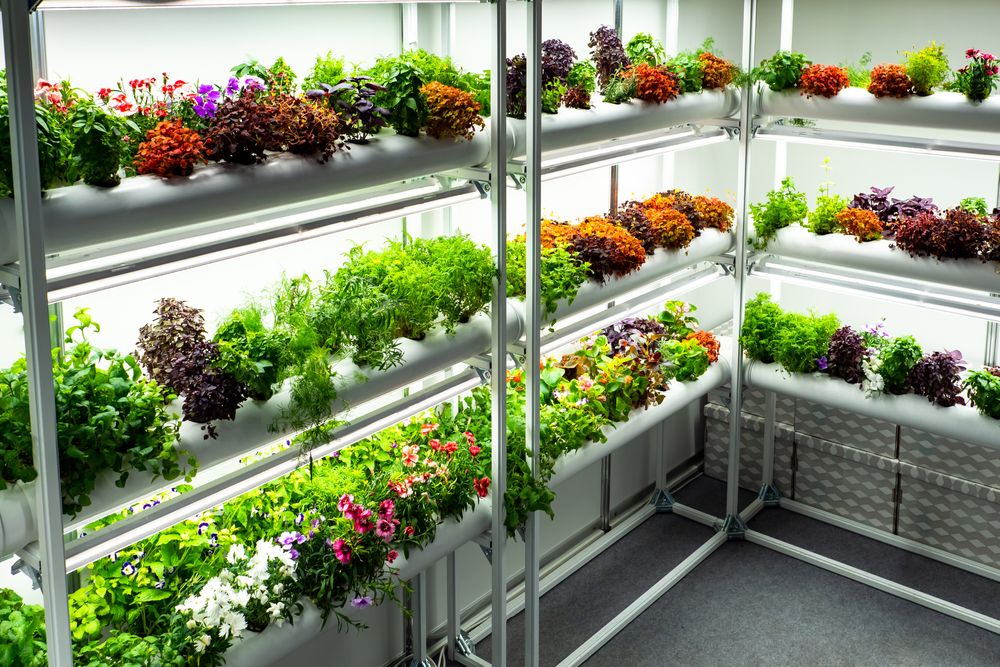
Introduction
In today's urban landscapes, where concrete often overshadows greenery, hydroponic gardening emerges not just as a trend but as a transformative solution to the challenges of modern farming. As cities become denser and the quest for fresh, locally sourced produce grows, hydroponics stands out as a beacon of innovation, offering a sustainable and space-efficient method for cultivating plants.
This soil-less farming technique leverages nutrient-rich water solutions to grow plants, thus bypassing the traditional challenges of agricultural soil management. By doing so, hydroponics opens up new possibilities for farming in urban settings, where space is limited and traditional farming is often unfeasible. This article delves into the core principles that underpin hydroponic gardening, highlights its multiple benefits, and explores various hydroponic techniques that cater to different needs and spaces.
Moreover, for those intrigued by the potential of setting up their hydroponic system, this guide offers practical advice and step-by-step instructions. Whether you're a seasoned gardener looking to explore new methods or a beginner interested in starting your urban garden, hydroponic gardening presents a fertile ground for innovation and growth. As we venture further into the principles and practices of hydroponics, we'll uncover how this method is not only reshaping our approach to gardening but also how we think about the food we eat and the environment we inhabit.
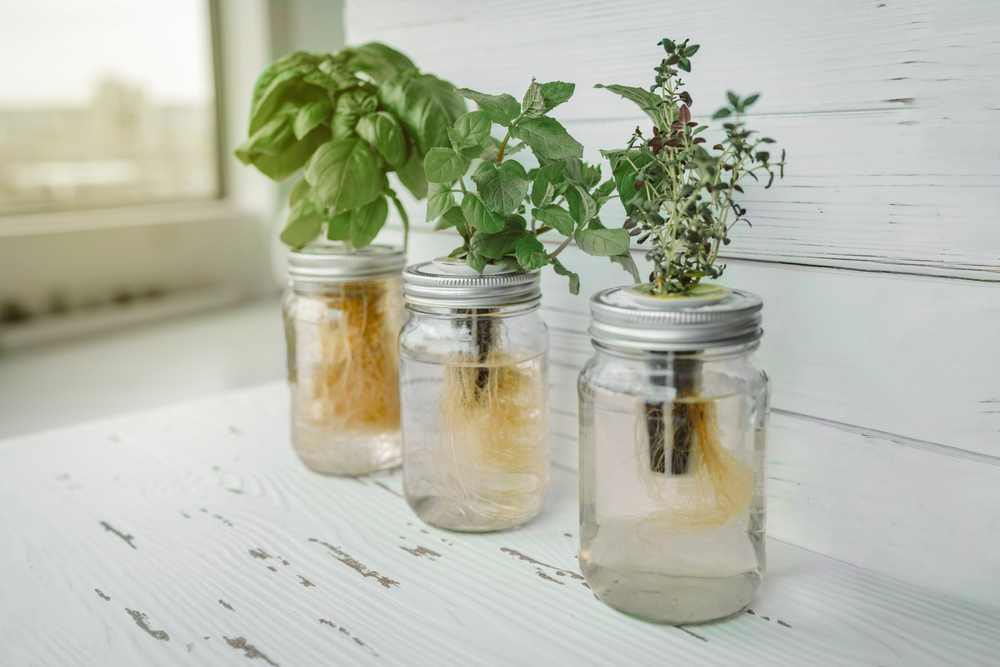
What is Hydroponic Gardening?
Hydroponic gardening is a revolutionary method of cultivating plants that eschews traditional soil-based farming in favor of a water-based, nutrient-rich solution. This innovative approach to agriculture allows plants to grow in a controlled environment where they can achieve optimal growth conditions. At the heart of hydroponic gardening is the principle that plants don’t require soil to grow, but rather, they need the minerals and nutrients that soil typically provides. By dissolving these essential nutrients in water, hydroponic systems deliver a perfectly balanced nutrient solution directly to the plant roots. This direct delivery system not only enhances nutrient uptake efficiency but also accelerates plant growth, leading to quicker harvest cycles.
In a hydroponic setup, plants are supported using inert media such as perlite, rock wool, clay pellets, or peat moss. These media provide the mechanical support that soil would normally offer but without any nutritional content. This allows gardeners to precisely control the nutrient balance, pH levels, and moisture conditions surrounding the roots, which is particularly advantageous in environments where soil conditions are less than ideal. Moreover, because the roots are submerged directly in the nutrient solution, they have constant access to essential minerals and water, preventing the stress that plants commonly experience due to fluctuating soil conditions. This method not only conserves water—a critical benefit in areas prone to drought—but also minimizes issues related to overwatering and under-watering, common challenges in traditional gardening.
Hydroponic systems can be set up virtually anywhere, from small indoor spaces in urban apartments to large greenhouses that supply commercial produce markets. They are adaptable to a variety of environments and can be customized to suit specific plant needs, making hydroponics a versatile option for growers of all scales. In essence, hydroponic gardening represents a significant step forward in agricultural technology, offering a sustainable, efficient, and environmentally friendly alternative to conventional farming methods. It's an exciting area of growth in urban agriculture, providing fresh possibilities for food production in city settings where space is at a premium and traditional farming is not possible.
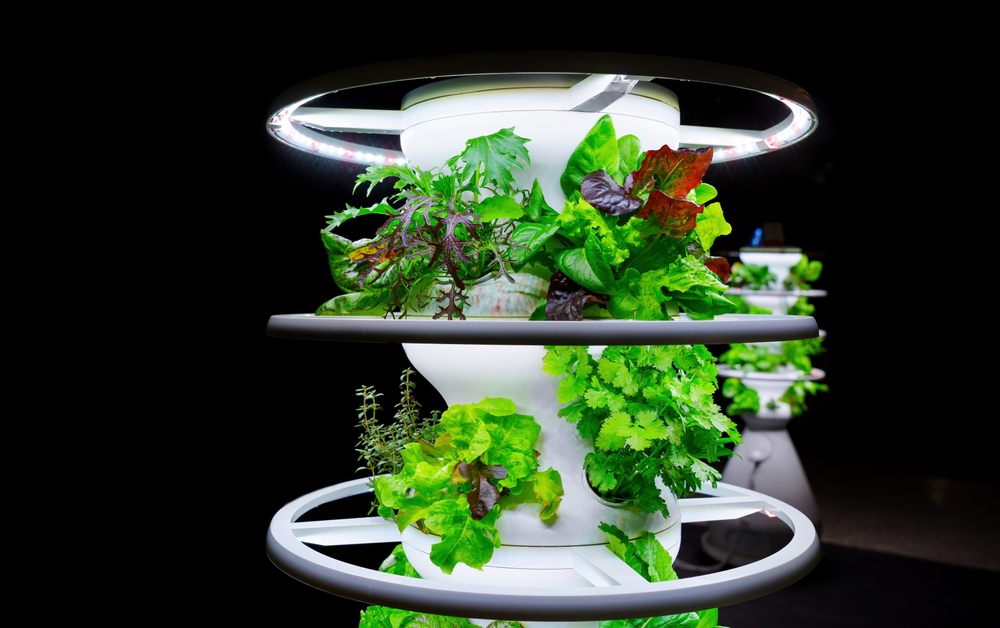
Benefits of Hydroponic Gardening
Water Efficiency: One of the most significant benefits of hydroponic gardening is its water efficiency. Traditional gardening typically requires large quantities of water, much of which is lost due to evaporation and runoff. In contrast, hydroponic systems utilize a recirculating system to deliver water and nutrients directly to the roots of plants. This closed-loop system minimizes waste and can save up to 90% of the water used in conventional gardening. The ability to reuse water makes hydroponics an ideal choice for areas facing water scarcity and for those aiming to adopt more sustainable farming practices.
Space Savings: Hydroponic systems require substantially less space than soil-based gardens because they allow plants to be grown much closer together. Since nutrients are delivered directly to the roots, plants don’t need to spread out to find these resources; instead, they can allocate more energy towards upward growth and fruit production. This compact growth system is particularly beneficial in urban environments where space is a premium commodity, allowing for high-density yields in small areas such as balconies, rooftops, or indoor spaces.
Faster Plant Growth: The controlled conditions of hydroponic systems facilitate faster plant growth, making it possible to harvest crops sooner than in soil-based setups. In hydroponics, plants receive an optimal balance of nutrients and water directly to their roots, eliminating the need for plants to expend energy developing extensive root systems to search for these essential elements. This efficiency leads to quicker growth cycles and can result in higher annual yields from multiple harvests, especially when combined with controlled environmental conditions such as lighting and temperature.
Reduced Use of Pesticides: Hydroponic gardening typically occurs in controlled indoor environments that are less prone to the pests and diseases common in traditional outdoor farming. This reduced exposure to pests drastically lowers the need for chemical pesticides, making hydroponics a healthier option both for the environment and for consumers. Additionally, the absence of soil eliminates soil-borne diseases, further reducing the risk of crop loss due to pathogens.
Year-Round Production: Unlike traditional gardening, which is often at the mercy of the seasons, hydroponic systems enable year-round cultivation of plants. This is possible because the indoor environment where most hydroponic systems are located can be controlled for temperature, light, and humidity. With these factors managed, plants can be grown at optimal rates throughout the year, regardless of external weather conditions. This continuous production cycle is particularly advantageous for commercial operations needing a steady supply of produce and for home gardeners who wish to enjoy fresh vegetables regardless of the season.
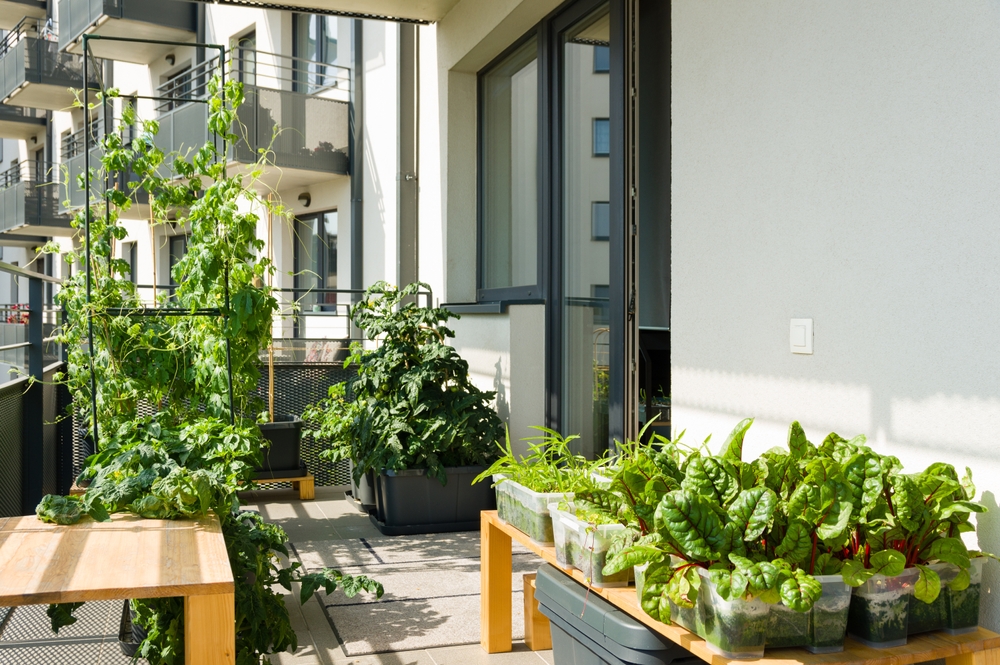
Common Hydroponic Systems
Wick System The Wick System is the most straightforward and low-tech of all hydroponic layouts. It's an excellent choice for novice gardeners or those with small-scale gardening needs. In this system, one or more wicks run from a nutrient solution reservoir to the base of each plant. The wicks use capillary action to draw up the nutrient solution, which then gets absorbed by the plant roots. This system doesn't require pumps or timers, making it energy-efficient and easy to maintain. It’s best suited for smaller, less nutrient-demanding plants like herbs or lettuce, which do not require a high volume of water or nutrients.
Deep Water Culture (DWC) Deep Water Culture is a system where plants are suspended in a nutrient solution with their roots directly immersed in the water. This setup includes an air pump that oxygenates the water, ensuring that the roots do not drown. Oxygenation is crucial for preventing root rot and encouraging rapid growth. DWC systems are popular for their simplicity and effectiveness, particularly with fast-growing, water-loving plants such as lettuce and basil. This system allows plants to grow faster due to the constant and unimpeded access to oxygen and nutrients.
Nutrient Film Technique (NFT) The Nutrient Film Technique features a continuous flow of nutrient solution over the roots of plants, which are housed in channels that gently slope. As the nutrient solution flows over the roots, it provides a thin film of nutrients and water accessible to the plants, while the excess solution drains back into the reservoir. NFT is particularly effective for growing leafy greens and herbs, which thrive under the constant flow of nutrients and water. This system requires a balance to ensure that the flow is not too strong to wash away young roots or too weak to deliver enough nutrients.
Ebb and Flow System Also known as the flood and drain system, the Ebb and Flow system works by periodically flooding the plant roots with nutrient solution and then draining it back into the reservoir. This action is controlled by a pump connected to a timer. The flooding ensures that the roots can absorb ample nutrients and moisture, while the draining process aerates the roots and prevents waterlogging. This system is versatile, supporting a wide range of plant types, including larger and more nutrient-demanding vegetables like tomatoes and peppers. It’s particularly favored by growers who want to mimic natural wet and dry cycles.
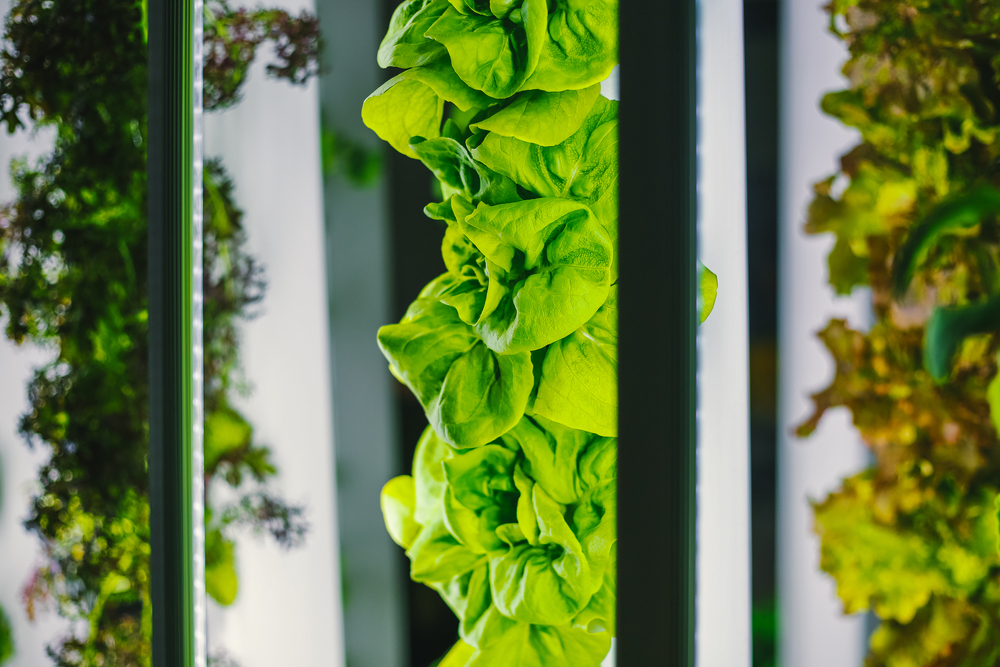
Setting Up Your First Hydroponic Garden
Embarking on the journey of setting up your first hydroponic garden can be exhilarating and, admittedly, a bit daunting. However, with some basic knowledge and the right preparations, you can create a thriving garden that provides fresh produce right at your doorstep. Here’s a detailed guide to help you get started:
Choose the Right Location Selecting the ideal location is crucial for the success of your hydroponic garden. You’ll need an indoor space that meets several key criteria:
Light: Plants require sufficient light to photosynthesize and grow. While natural sunlight is best, many indoor settings lack adequate exposure. In such cases, artificial grow lights are necessary. LED or fluorescent grow lights are popular choices because they provide intense, full-spectrum light with minimal heat and energy consumption.
Temperature: Most plants thrive in stable temperatures ranging between 65°F and 75°F (18°C to 24°C). Extremes in temperature can hinder plant growth or promote disease.
Pest Protection: Indoor environments naturally protect plants from many pests found in traditional outdoor gardens. However, you should still ensure the area is clean and free from potential infestations.
Selecting a System For beginners, simplicity is key to gaining confidence and experiencing early success:
Wick System: This is the simplest type of hydroponic system with no moving parts, making it ideal for someone just starting out. It’s perfect for growing small herbs and other plants that do not require a lot of water.
Deep Water Culture (DWC): This system is also great for beginners due to its straightforward setup and low maintenance. It allows plants to grow rapidly thanks to the highly oxygenated environment provided by the water pump.
Monitoring and Maintenance Regular monitoring and maintenance of your hydroponic system ensure plants remain healthy and productive:
pH Levels: The pH of the nutrient solution should be regularly tested and adjusted to maintain a range typically between 5.5 and 6.5, depending on the plants. pH control is crucial as it affects how plants absorb nutrients.
Nutrient Concentration: Nutrient strength, measured as electrical conductivity (EC), should also be monitored to ensure plants get the optimal concentration of nutrients.
Water Quality: Regularly check for signs of algae growth or contamination in the water. Clean and replace water and nutrients as needed to keep the system healthy.
Automated Systems: Consider investing in automated systems for monitoring pH, EC, and water temperature. Automation can simplify the care process and improve the accuracy of your adjustments.
Choosing Plants Selecting the right plants to grow is crucial for a successful hydroponic garden:
Leafy Greens: Such as lettuce and spinach are excellent choices because they grow quickly and don't require intense light or complex nutrient regimens.
Herbs: Basil, mint, and cilantro are popular because of their usability in the kitchen and relatively simple growing needs.
Strawberries: Although a bit more challenging, strawberries can be very rewarding and are well-suited for systems like DWC.
Starting your first hydroponic garden is an exciting venture into the world of advanced gardening techniques. By carefully selecting the right location, system, and plants, and committing to regular maintenance, you’ll be well on your way to harvesting your own fresh, sustainable produce year-round.

Challenges and Considerations
Hydroponic gardening, while offering a streamlined and efficient way to grow plants, comes with its own set of challenges and considerations that potential gardeners should be aware of before diving in. Understanding these can help you better prepare and manage your hydroponic garden for optimal results.
Initial Setup Cost One of the primary barriers to entry for hydroponic gardening is the initial setup cost. Unlike traditional gardening, which might require only seeds, soil, and basic gardening tools, hydroponic systems need more specialized equipment. This includes pumps, grow lights, nutrient reservoirs, pH meters, and appropriate growing mediums. Depending on the complexity and size of the setup, costs can quickly add up, making it a significant investment upfront.
Constant Monitoring and Maintenance Hydroponic systems require regular monitoring and maintenance to ensure they function properly:
Nutrient Solutions: The balance of nutrients needs constant attention. Unlike soil, which acts as a nutrient buffer, the water in hydroponic systems can quickly become too concentrated or too diluted, affecting plant health.
pH Levels: Keeping the pH level within the strict range necessary for optimal plant growth demands regular checks and adjustments.
System Cleanliness: Hydroponic systems need to be kept clean to prevent the buildup of salts from nutrients and to inhibit the growth of pathogens and algae, which can quickly spread in the nutrient-rich environment.
Steep Learning Curve Hydroponic gardening involves a learning curve that might be steep for beginners. Understanding the specifics of nutrient mixes, pH balance, and the specific needs of different plants can take time and experimentation. Novices might find this aspect challenging, especially if they are used to more forgiving soil-based gardening.
Dependency on Power Hydroponic systems are heavily reliant on electricity, as they need power for lights, pumps, and other automated systems. Power outages can therefore pose a significant risk:
Water Circulation: Without power, water pumps can’t circulate the nutrient solution, depriving plants of their food and oxygen, which can lead to rapid deterioration of plant health.
Aeration: The lack of aeration can quickly lead to hypoxic conditions which can be detrimental to root health.
Lighting: For indoor hydroponic systems, artificial lighting is essential. A power outage could disrupt the light cycle, impacting plant growth.
Addressing Challenges To mitigate these challenges, potential hydroponic gardeners can take several steps:
Plan for Expenses: Budget accordingly and perhaps start small to reduce initial costs. Modular systems can be expanded as you gain more experience and confidence.
Educational Resources: Utilize books, online courses, and community forums to better understand the complexities of hydroponic gardening.
Backup Systems: Consider investing in backup generators or battery systems to ensure your plants can survive unexpected power failures.
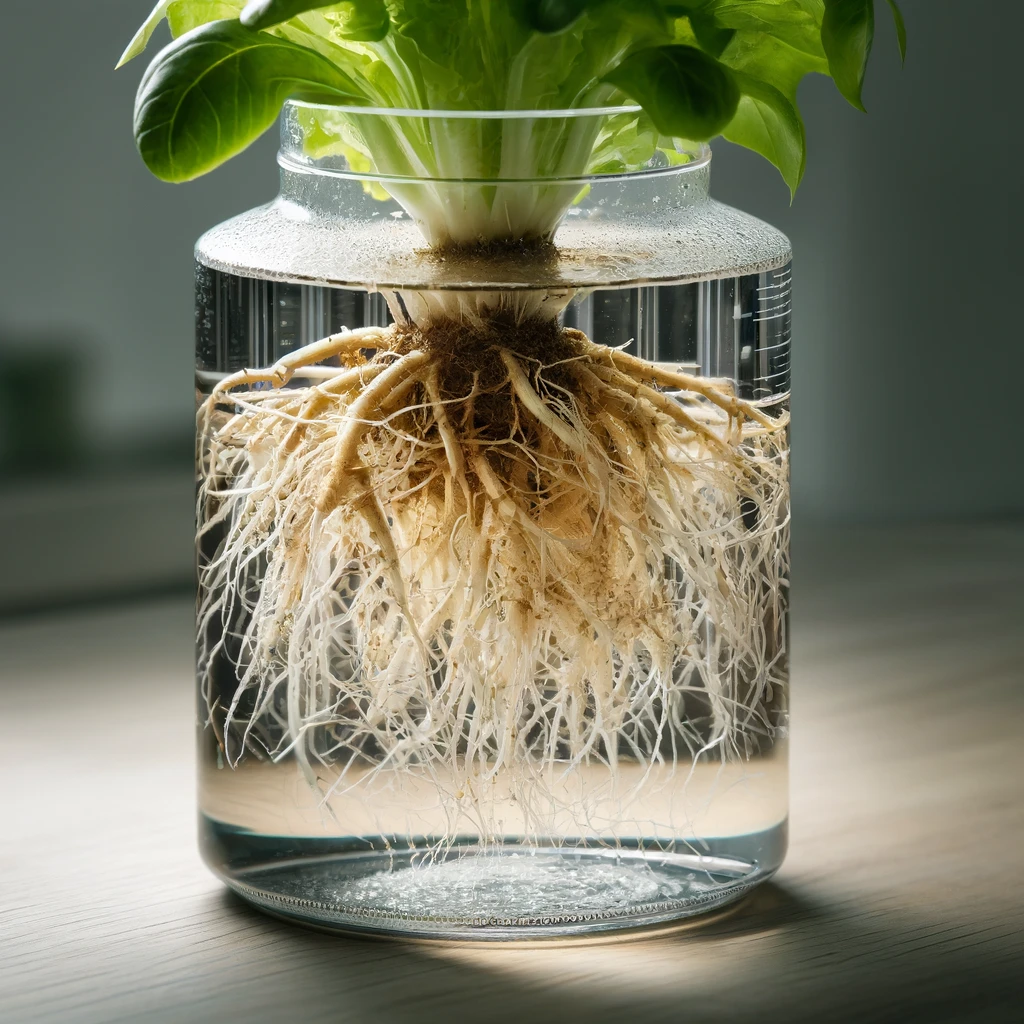
Conclusion
Hydroponic gardening epitomizes a revolutionary shift in agricultural practices that dovetails perfectly with the sustainability goals of today's environmentally conscious society. This method transcends traditional farming limitations, offering an innovative solution that harmonizes with the dynamics of urban living. By integrating the farm into urban settings, hydroponic gardening not only brings agriculture closer to city dwellers but also significantly reduces the ecological footprint associated with traditional farming methods.
Sustainability and Urban Integration The practice of hydroponics uses substantially less water and space than conventional soil farming, making it an ideal choice in urban environments where these resources are scarce. Moreover, by growing food where it is consumed, hydroponics cuts down on the greenhouse emissions associated with transporting food from rural to urban areas. This local production also ensures that residents have access to fresh, nutrient-rich produce without the chemical residues that often accompany commercially farmed goods.
Technological Advancements and Accessibility As hydroponic technology continues to advance, it becomes more streamlined and cost-effective, thus more accessible to a broader audience. Innovations in automated systems, nutrient delivery, and energy-efficient lighting are making hydroponic setups simpler and more productive than ever before. This accessibility is pivotal in democratizing urban farming, allowing more people to grow their own food, even in limited spaces like apartment balconies or small community centers.
Role in Urban Sustainability Efforts Hydroponic gardening is poised to play a significant role in the sustainability efforts of urban areas around the world. As cities continue to grow and face challenges related to food security and environmental sustainability, hydroponics offers a scalable solution that can be adapted for rooftops, abandoned urban spaces, and even underground facilities. This flexibility makes it a key component in the future of urban planning and community development.
A Blueprint for Future Food Production The principles and successes of hydroponic gardening provide a blueprint for future food production methods worldwide. As global populations rise and arable land becomes more precious, hydroponics offers a clear path forward. It presents a method of food production that conserves natural resources, reduces the need for chemical inputs, and provides stable food supplies in the face of changing climate conditions.
